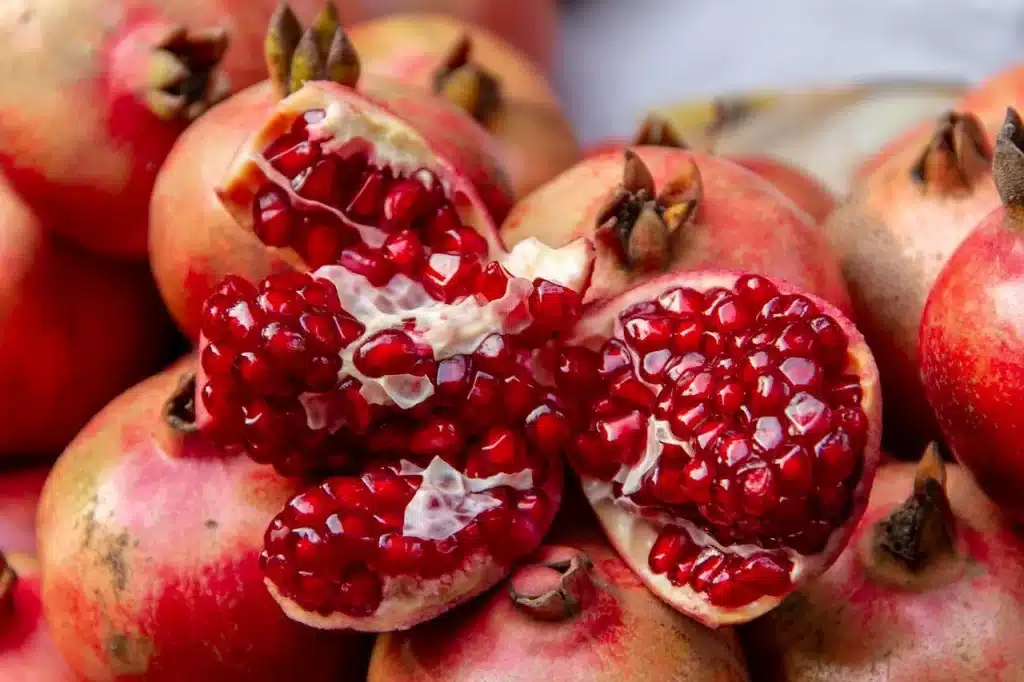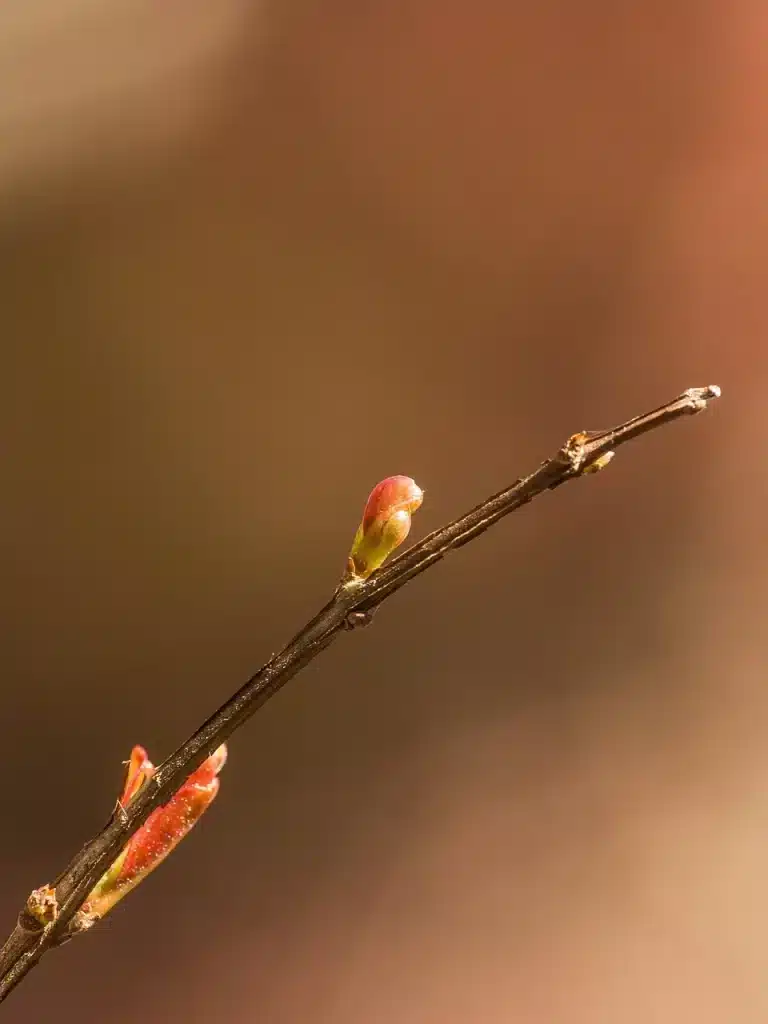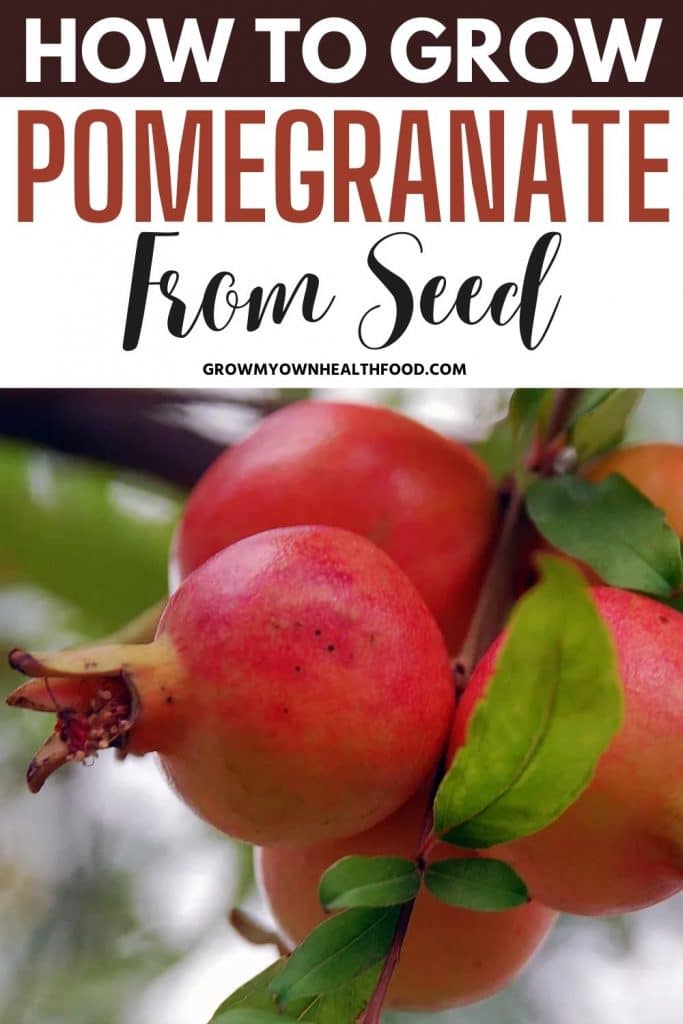Growing fruits from a seed is an art that demands preparation and determination. That being said, growing plants is not as complicated as it may sound. Not only is gardening therapeutic but also satisfying. By the end of this journey, you will be able to harvest some delicious homegrown fruits! Growing pomegranate from seed is not much different. In this article, you will be able to find out interesting facts about pomegranate and will also learn how you can grow it from seed in your own backyard!
What Is the Pomegranate Fruit?
Pomegranate is native to Iran but people have been planting it throughout the other continents because of its heavenly taste. Pomegranate is also one of the few fruits you will often find illustrated in the classic arts. This fruit is also often considered the fruit of royalty because of its popularity and nutrition. While pomegranate may seem like an apple, you would be surprised to know that this fruit is actually a berry! Pomegranate also has orange flowers which will instantly beautify your garden if you choose to plant it in your backyard.
What Does Growing a Fruit From Its Seed Actually Mean?

Most fruit trees are not reproduced from the seeds but instead through methods like air layering or grafting. These methods produce plants that will be exactly like those from the parent plant. On the other hand, if you are growing fruit from the seeds, you must know that the growth habit of the tree will differ from its parent plant. However, some gardeners enjoy the excitement and challenges involved in the latter method.
Growing Pomegranate From Seed
Pomegranate is perhaps the easiest fruit to grow because its seeds sprout readily without much outside help. In fact, many people may be tempted to grow this fruit because of how easy it is to acquire its seeds. Simply go to a local grocery shop, buy a pomegranate, and you will have an abundant supply of these valuable seeds. However, you will only need a few of these seeds to grow your very own fruit. Here are some steps you should be aware of before you grow pomegranate from seed.
- 100% Natural, Non-GMO, No Preservatives, Vegan, Gluten Friendly, PREMIUM Gourmet Food Grade Spice.
- Packed in a no barrier Plastic Jar, let us tell you how important that is when using this, potent of all Indian Spices!
- Special Note: Our spices do not have anti-caking or anti clumping agents or other harmful additives, hence with a clump-prone product like Anardana (Pomegranate), natural clumping will occ
Prices pulled from the Amazon Product Advertising API on:
Product prices and availability are accurate as of the date/time indicated and are subject to change. Any price and availability information displayed on [relevant Amazon Site(s), as applicable] at the time of purchase will apply to the purchase of this product.
Handling the Pomegranate Seeds
Once you have the seeds, it is natural to learn about the best possible way to plant them. The answer here is that the pomegranate seeds need to be cleaned first. One way to do that is to wrap the aril in a paper towel and press it until the seed is exposed from the flesh. You will see that the seeds themselves are white in color with a pointed end (that is where its root is). Once the seeds are rid of the aril surrounding them, you can air dry them for a few hours so there is no risk of mold later on. Once you are done with this step, place the seeds in loose soil where half an inch of the soil covers them. It is better to place the seed starting tray or pot indoors, especially during the winter season. That way, the seedlings will be ready to transplant outdoors during the spring season.
- Grows Plants Twice as Big vs. unfed plants
- Feeds up to 6 months
- More blooms for more color vs. unfed plants
- For indoor and outdoor container plants
Prices pulled from the Amazon Product Advertising API on:
Product prices and availability are accurate as of the date/time indicated and are subject to change. Any price and availability information displayed on [relevant Amazon Site(s), as applicable] at the time of purchase will apply to the purchase of this product.
Pomegranate Growing Temperature
The second important factor after planting the seeds is providing them the adequate heat. If you provide the seeds at a normal room temperature, they will germinate within a month and a half. If you want the seeds to germinate faster, you can bring up the room temperature. Until the seedlings pop up, surround the seeds with foil and place them at a spot where they can get direct sunlight. Until the seedlings sprout, keep the soil moist. It also helps if you cover the pot with a lid or a plastic bag so that you can create your very own tiny greenhouse. If you cannot naturally provide the seeds with heat, you can always install a heating pad.
- Warm yet Ventilated: With the zippered roll-up door and 2 Velcro side windows.
- Large space: Constructed with 12 wired shelves – 6 on each side, and measures 56.3” (L) x 55.5”(W) x 76.8”(H).
- Rock-solid Stability: Structured with heavy-duty rust-resistant tubes for extended durability.
Prices pulled from the Amazon Product Advertising API on:
Product prices and availability are accurate as of the date/time indicated and are subject to change. Any price and availability information displayed on [relevant Amazon Site(s), as applicable] at the time of purchase will apply to the purchase of this product.
- Quick, at home results for Soil pH, Nitrogen, Phosphrous and Potash
- Innovative and inexpensive soil test kit features an easy-to-use capsule system and patented color comparators
- Contains all components needed for 40 tests. 10 for each of pH, N, P and K
Prices pulled from the Amazon Product Advertising API on:
Product prices and availability are accurate as of the date/time indicated and are subject to change. Any price and availability information displayed on [relevant Amazon Site(s), as applicable] at the time of purchase will apply to the purchase of this product.
The above-mentioned method is not the only one you can use while planting pomegranate seeds. Some people do it with a nonconventional method called the baggie method. Simply wet a coffee filter and make sure there is no excess water on it. Sprinkle the seeds on one-quarter of the filter and fold them into quarters. Slide the folded filter into a plastic bag and seal it. Store the bag in a warm place and remember to check it after every few days so you do not miss the seed’s germination. As you see the pomegranate seeds sprouting, you can transfer them to a pot. The pot you choose should have a good drainage system. Always plant 2 to 3 seeds per pot and never more than that! If you spot any weak seedlings that are a few weeks old, you can either pluck them off or transfer them to their own personal pot.
Caring for Your Pomegranate Plant
If you experience winters with extremely low temperatures, you should plant your tree in a container so you can move it inside when the climate gets cold. You should place the plant in a spot where it receives eight hours of sunlight daily. Most varieties of a pomegranate can be16 to 20 feet tall once they are fully mature. This is why you should also be careful that your growing plant has enough overhead space where it can grow without any obstruction. Apart from their extraordinary height, the pomegranate trees can also form a wide canopy. Always leave a space of 13 to 18 feet between your pomegranate tree and other plants/trees. If possible, also trim down the surrounding grass before you plant your seedlings outside.

If you have sown the seeds outside, you can put a protective dome over the planting site so that the plant can retain the moisture until the seedlings sprout. We also recommend creating a protective dome for the plant until it is strong enough as young pomegranate trees can be vulnerable to winds and rain. Covering the young plant with a dome will provide extra protection and ensure that your small plant grows into a large healthy tree.
- HIGH-QUALITY MATERIAL: The clear plastic domes are made of high-quality PVC.
- MULTIFUNCTIONAL PROTECTIVE PLANT COVERS: The greenhouse plastic dome protect your seeds, seedlings, small plants, and flowers from severe weather such as frost.
- MAXIMUM LIGHT PENETRATION: The excellent transparent material of the plant dome allows maximum light penetration and minimum reflection.
Prices pulled from the Amazon Product Advertising API on:
Product prices and availability are accurate as of the date/time indicated and are subject to change. Any price and availability information displayed on [relevant Amazon Site(s), as applicable] at the time of purchase will apply to the purchase of this product.
To Grow a Pomegranate From Seed Is Rewarding!
Homegrown fruits, especially pomegranate, always taste better as compared to the ones brought from the local market. Nothing can beat the fresh fruit that you are able to pluck off from your own house! Heat, light, and water are important components when it comes to growing pomegranate from seed. If you are careful about these little things, you will see that your pomegranate seed will grow into a healthy tree. Who knows, by growing the fruit from seeds, you might even end up with a new variety of pomegranates!












